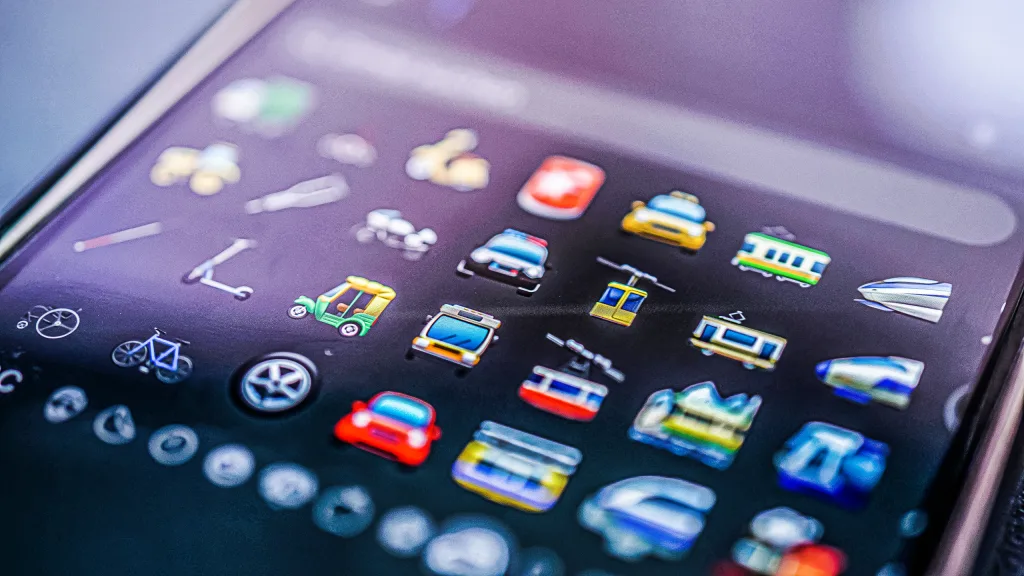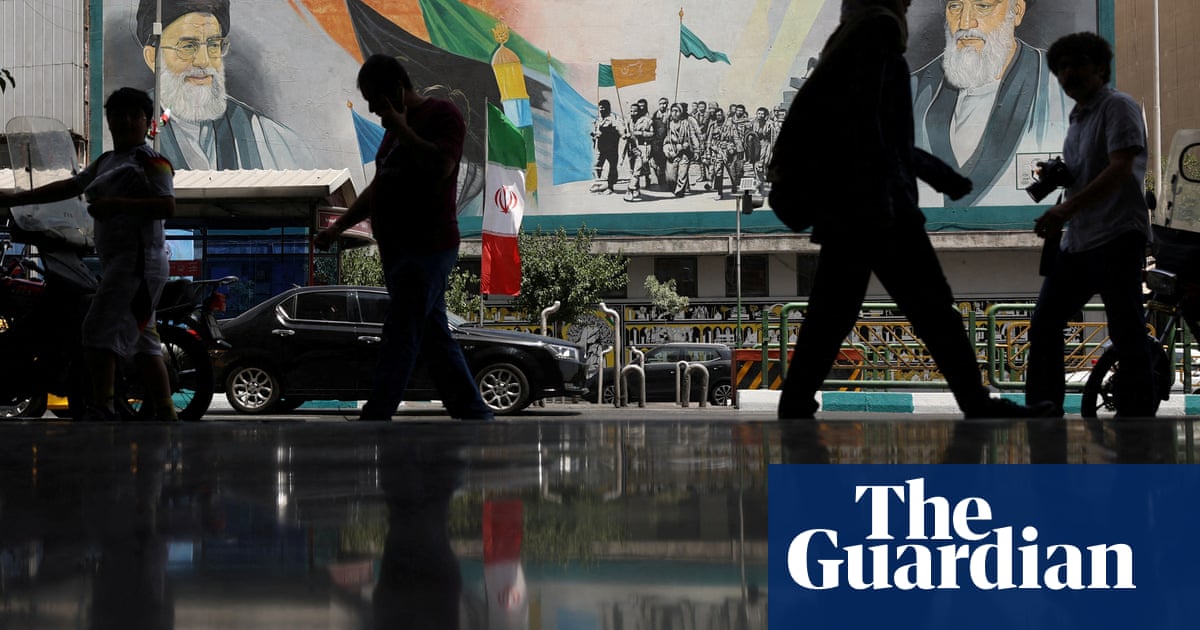#digital-communication
#digital-communication
[ follow ]
#social-media #remote-work #mental-health #youth-culture #technology #loneliness #artificial-intelligence
Digital life
fromBuzzFeed
1 week ago"I Had This Z-Splained To Me": Older People Shared Things That Confuse Them About Younger Generations
Younger generations prioritize curated social-media presentation, labeling, and digital habits that older generations view as performative, shallow, and disruptive to traditional interaction.
Philosophy
fromwww.theguardian.com
1 month agoAdults think with their mouths open': five modern aphorisms to help us make sense of 2025
Aphorisms are compact, adaptable expressions that illuminate modern life, suit digital short-form communication, and provide perspective and resilience in personal challenges.
Digital life
fromLondon Business News | Londonlovesbusiness.com
2 months agoDigital lifestyle: How smartphones connect everything - London Business News | Londonlovesbusiness.com
Smartphones have become central multipurpose devices—personal assistants, payment tools, health trackers, communication platforms, and portable workstations—reshaping daily life in the Netherlands and beyond.
fromForbes
4 months agoConnecting In The Digital Age: Strategies For Employee Communication
Over the past two decades, I've watched workplace communication transform from primarily face-to-face interactions to increasingly digital exchanges. What began as a gradual shift accelerated dramatically in recent years, leaving organizations to navigate unfamiliar territory. The hybrid workplace-where employees divide time between remote and in-office work-has evolved from a temporary adaptation to an enduring reality. This transformation fundamentally changes how teams connect, collaborate and create value together.
Remote teams
fromMuse by Clios | Discover the latest creative marketing and advertising news. Muse by Clio is the premier news site covering creativity in advertising and beyond.
4 months agoA Brand Primer on 'Algospeak,' the Covert Language Shaping Online Chatter | Muse by Clios
The modern internet is a hostile environment full of spies, miscreants and narcs, prompting savvy users to protect themselves with coded language.
Digital life
Social media marketing
fromenglish.elpais.com
5 months agoBeating,' shit,' machete': How the tide of hate on social media soared during the Torre Pacheco crisis due to passivity of platform owners
On July 12, 2025, Spain saw a dramatic increase in hate messages on social media linked to riots, specifically against North African individuals.
fromHackernoon
6 months agoSpacecoin's War Against the Surveillance Grid | HackerNoon
"Her phone buzzes-no bars. Wi-Fi icon: dead. The protest footage from last night sits trapped in her device like a caged bird with clipped wings. She filmed everything: the tear gas clearing, protesters linking arms, riot shields retreating."
Digital life
fromHackernoon
4 years agoFrom Chatbots to Guardians of Data: How BChat Harnesses AI for Secure Messaging | HackerNoon
Digital communications today are fast, unchecked, and silently monitored. Most conversations are overheard by corporations or the State as data becomes the new oil.
Privacy technologies
fromwww.theguardian.com
6 months agoI'm not ignoring your message I'm overwhelmed by the tyranny of being reachable | Miski Omar
The boundaries between reception and response have collapsed. Digital whiplash has branded itself on to my cheek. My psychological tabs are maxed out, and there's no alert to clear storage or update my internal OS.
Digital life
Artificial intelligence
fromwww.housingwire.com
7 months agoHow AI is changing the game for brokerages and agents
AI will commoditize digital communication but elevate the importance of human experiences.
Though 90% of real estate tasks may be automated by AI, the essence of human interaction remains vital.
Privacy technologies
fromFast Company
7 months agoWhy governments keep losing the 'war on encryption'
The rise of encrypted messaging apps is a response to government surveillance and global authoritarian policies.
The debate over encryption pits government interests against individual privacy rights, illustrating a conflict that is challenging for governments to control.
Information security
fromBusiness Matters
8 months agoEndpoint Security Management, SecOps Operations, and PKI
Endpoint security management is critical for organizations with numerous devices accessing their network.
A mediating Security Operations team can enhance collaboration and effectiveness in securing endpoints.
[ Load more ]









